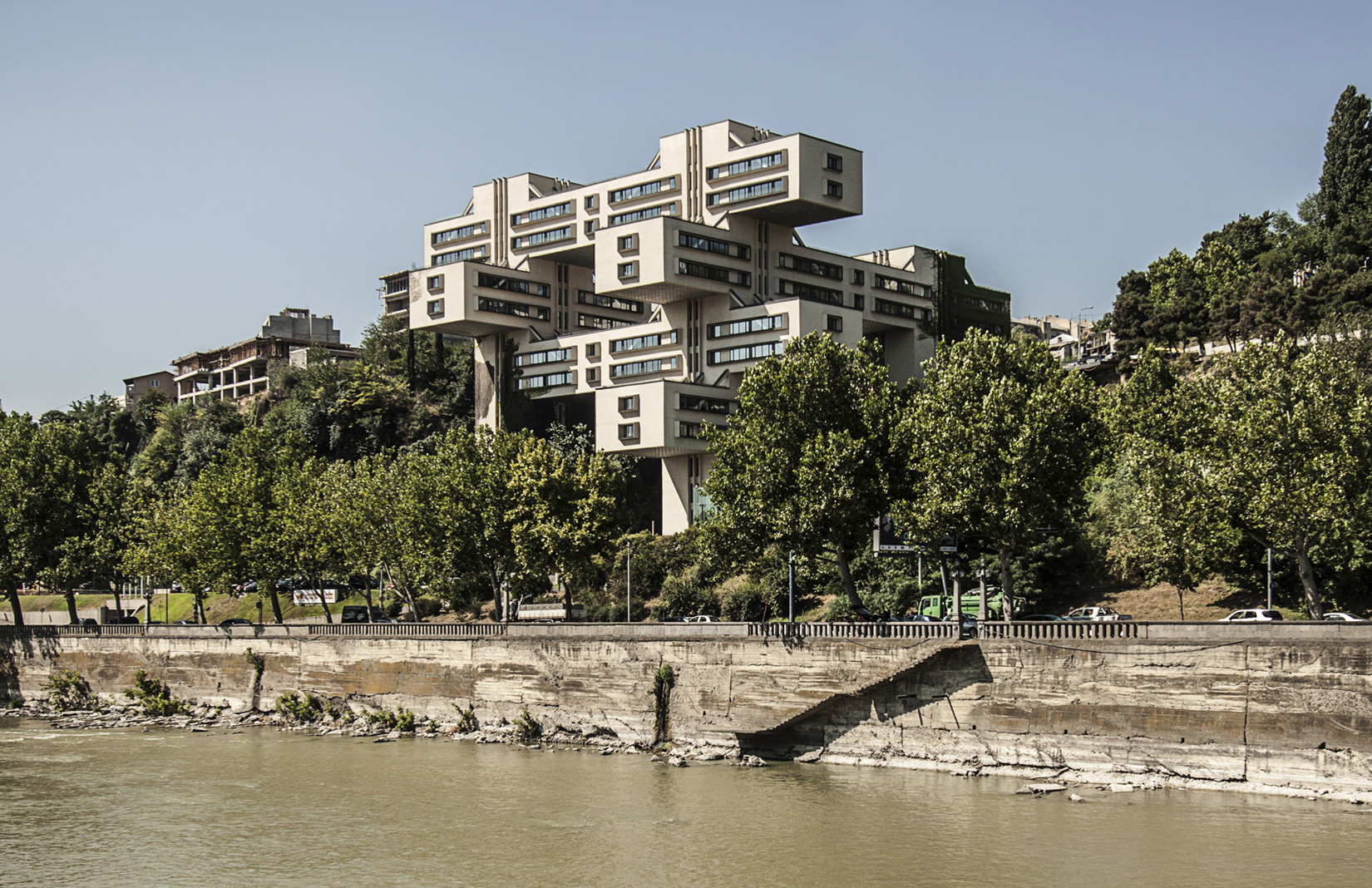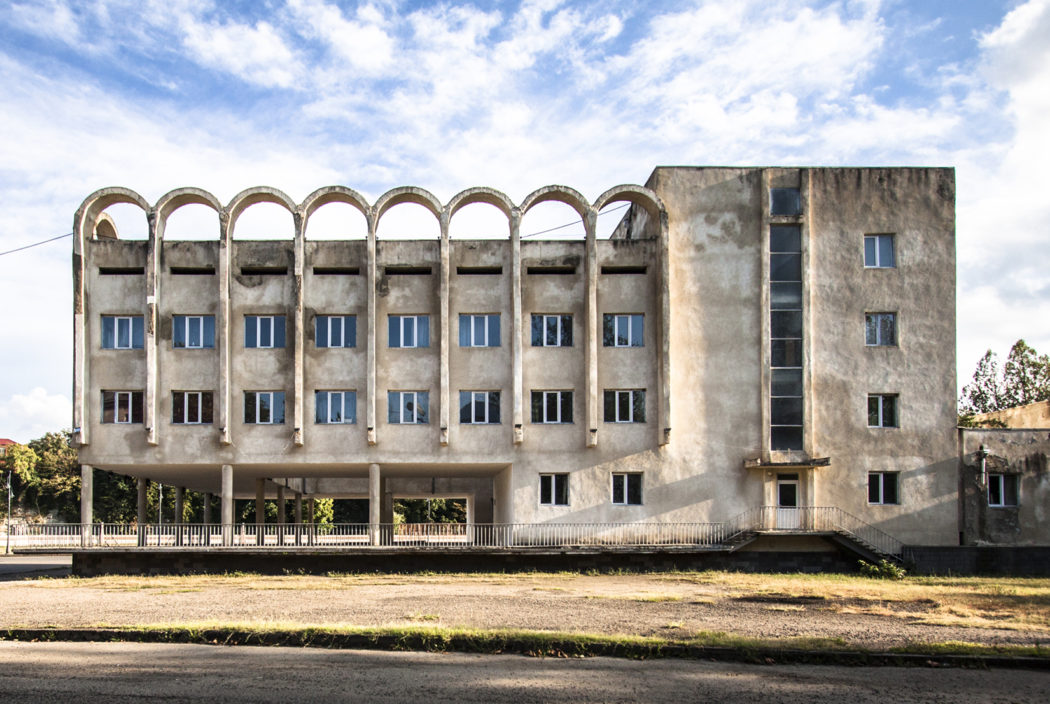
School of Art (originally the House of Pioneers), Zestafoni. Photography: Stefano Perego
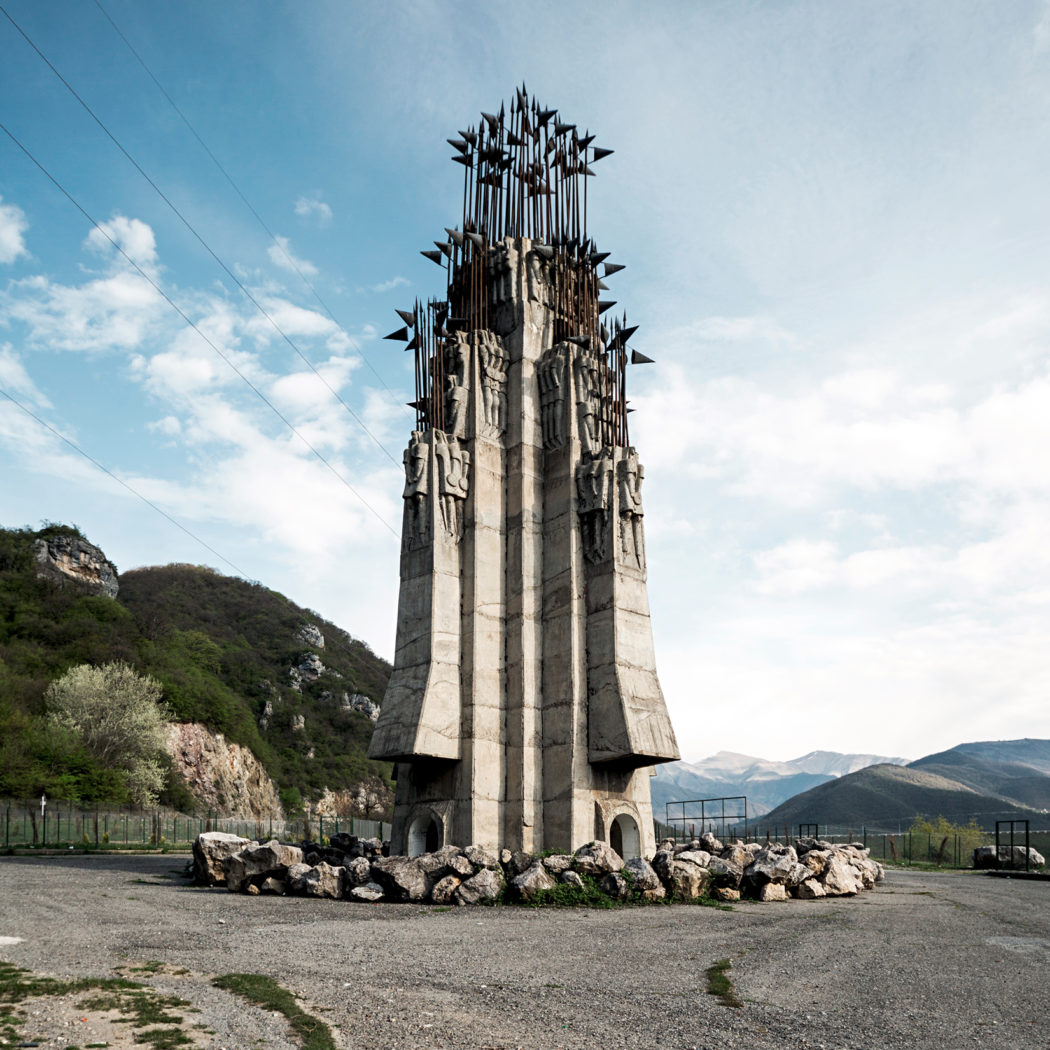
Aragveli monument, Zhinvali. Photography: Stefano Perego
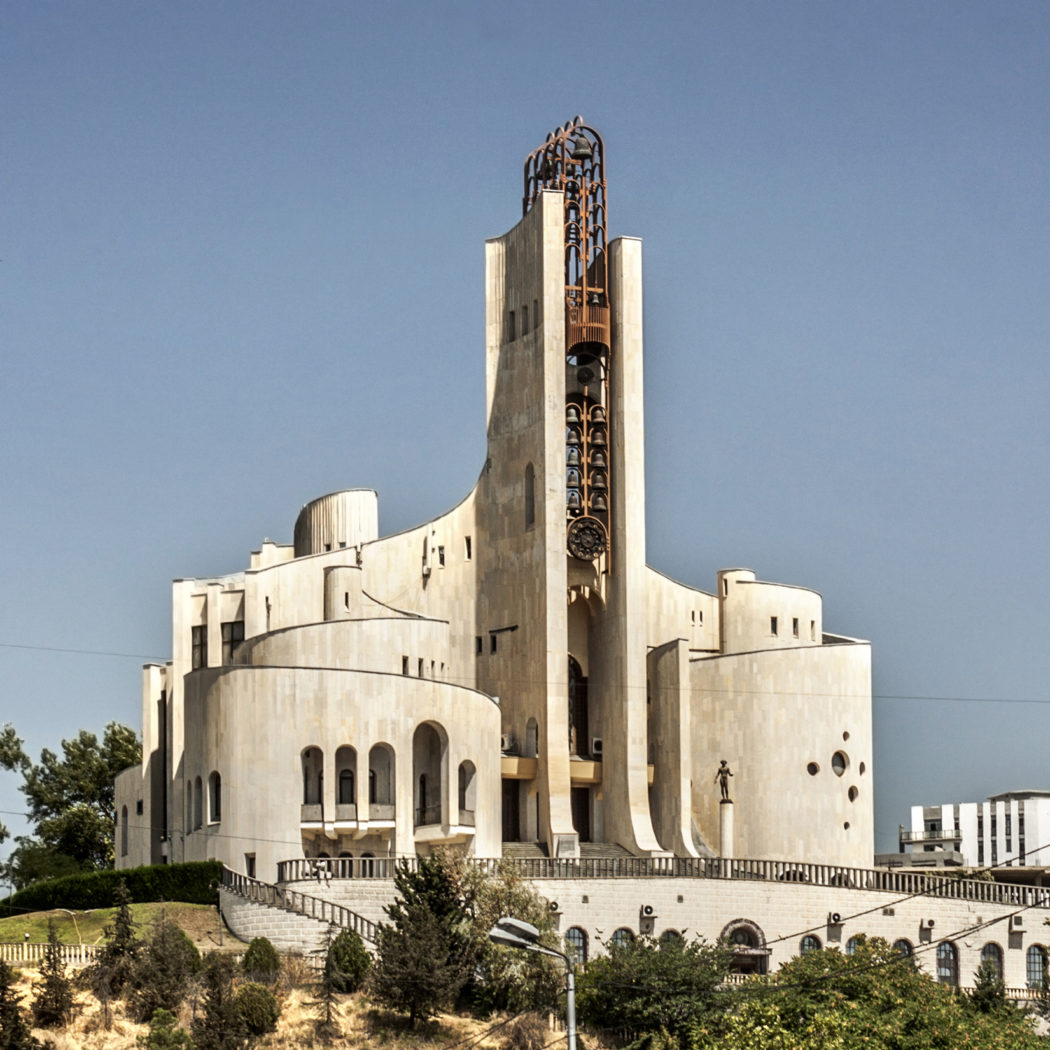
The Palace of Ceremonies/Rituals by Victor Djorbenadze (1984-1985), Tbilisi. Photography: Roberto Conte
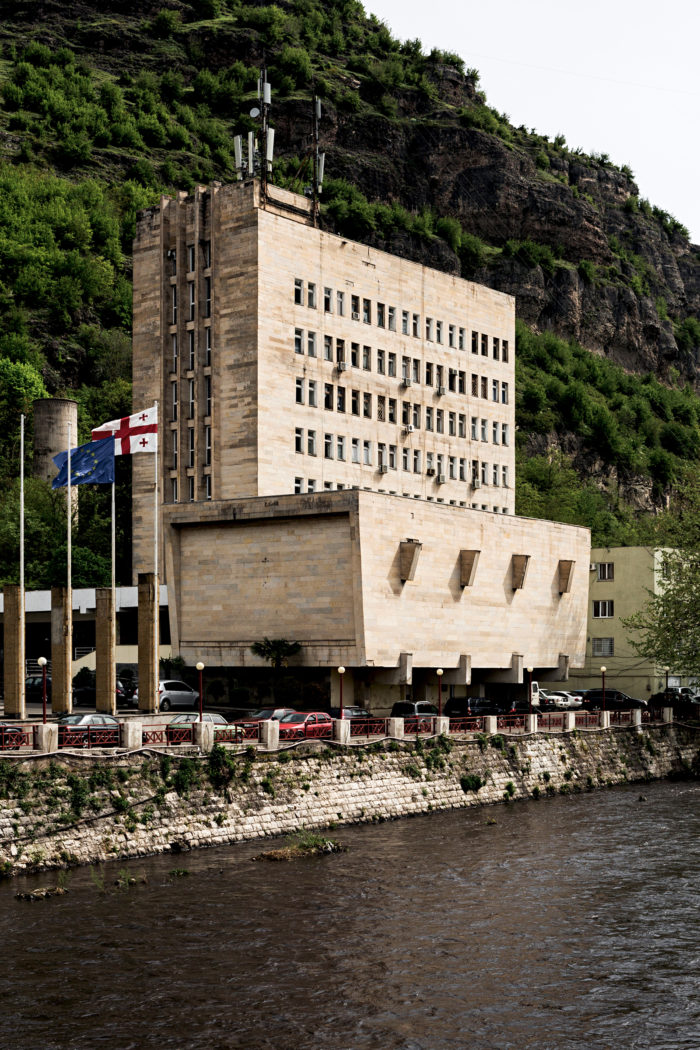
Administrative office building, Chiatura. Photography: Stefano Perego
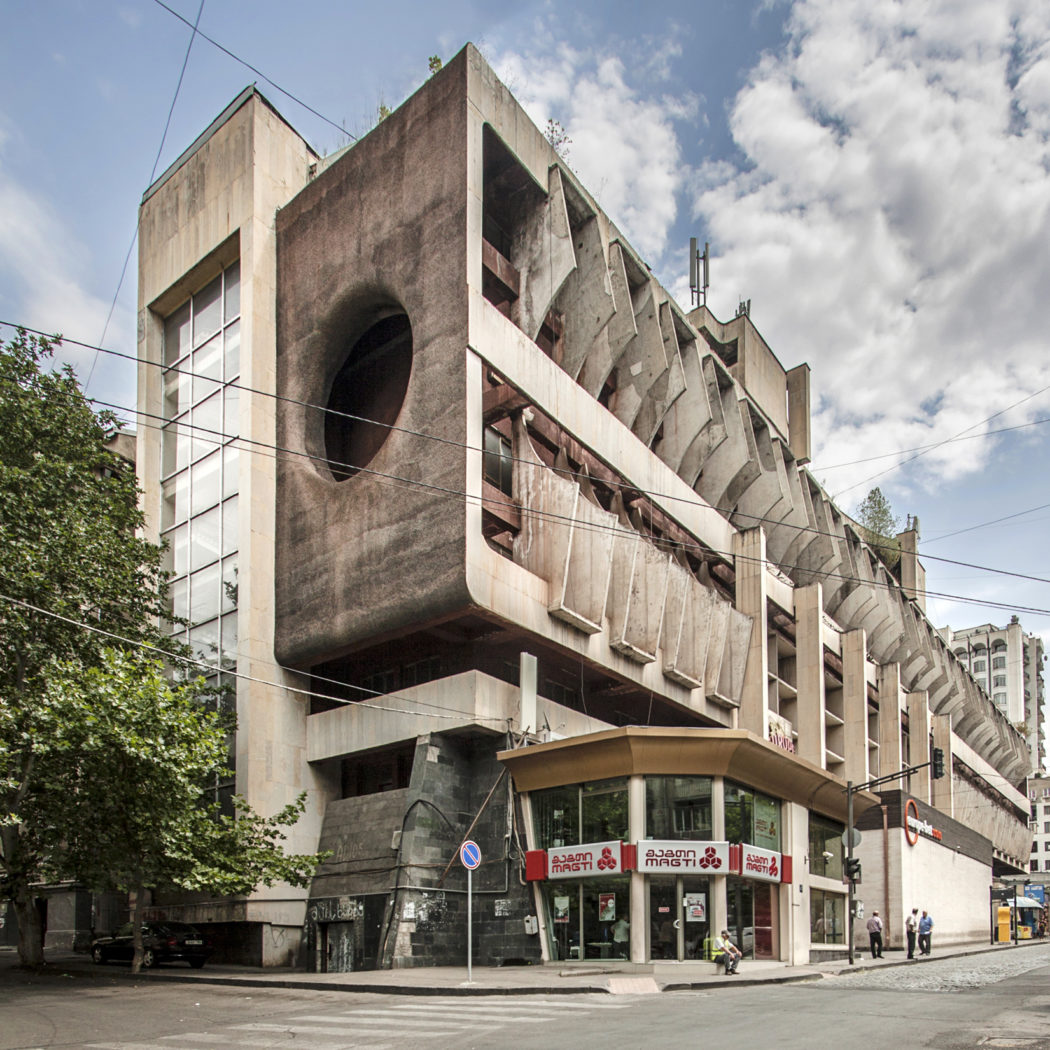
Technical Library by G Bichiashvili (1985), Tbilisi. Photography: Roberto Conte
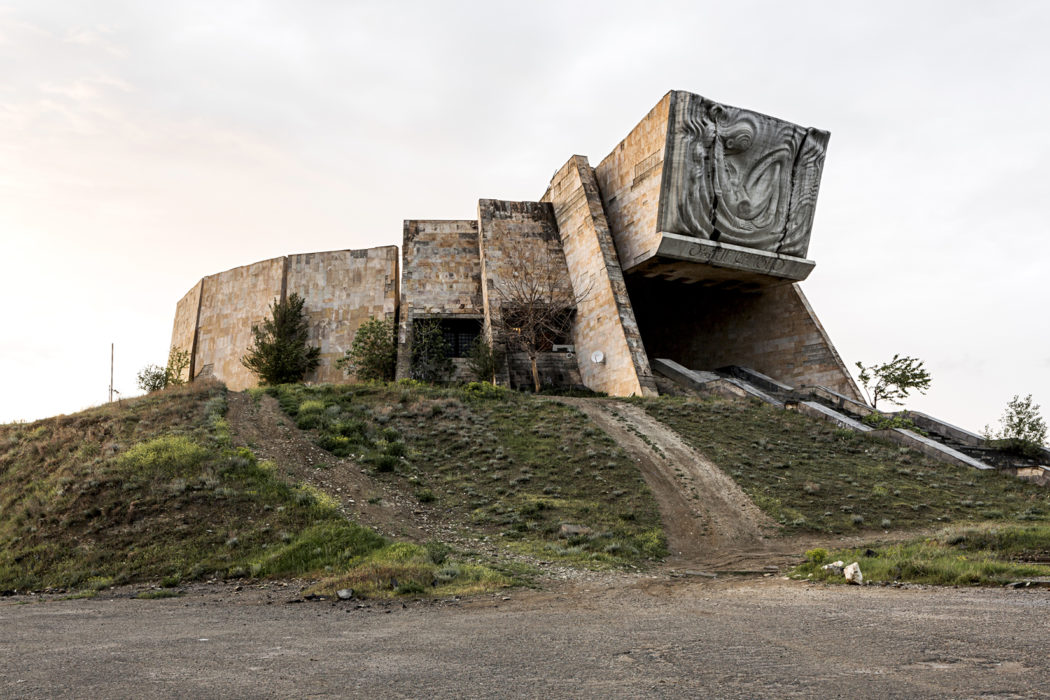
Archaeological Museum (1988) by S Kavlashvili, S Bostanashvili, Tbilisi. Photography: Stefano Perego
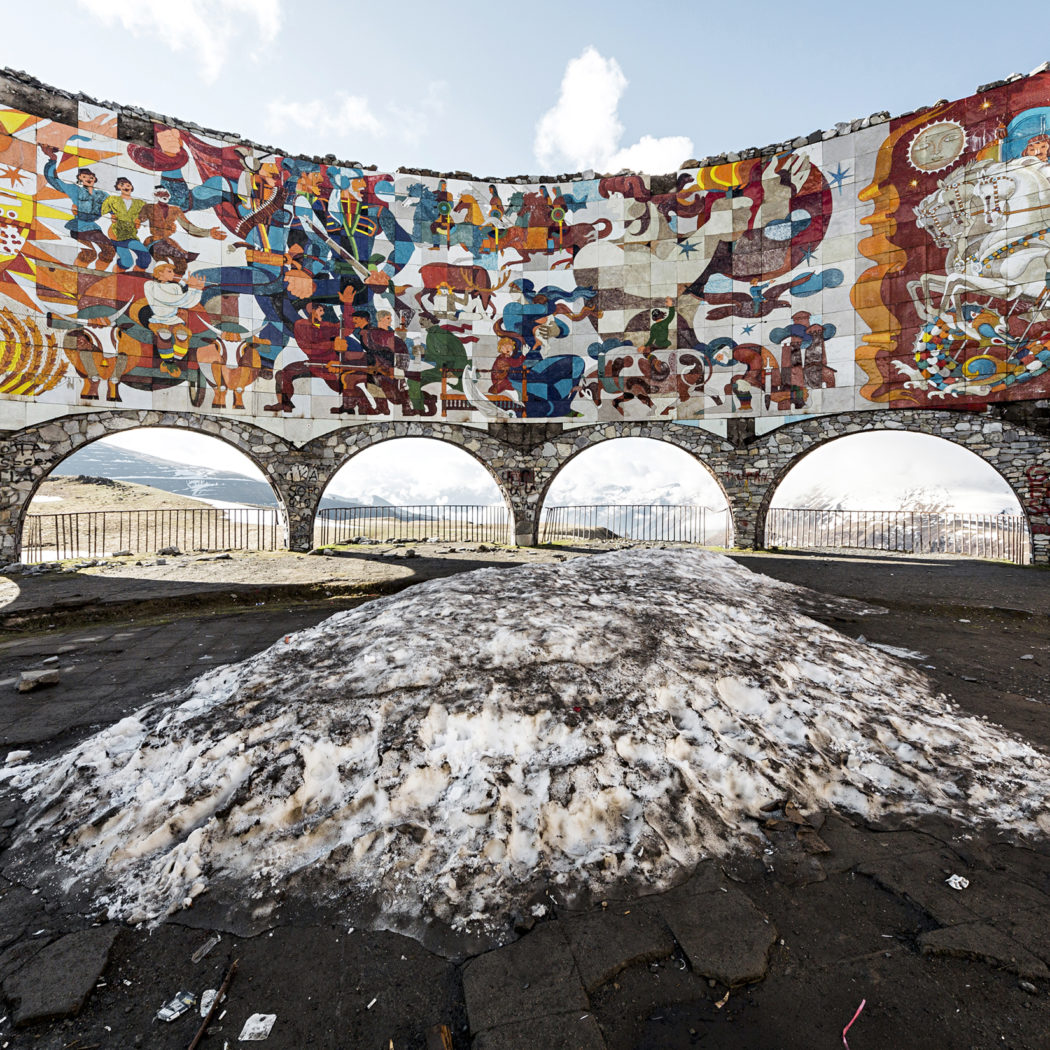
Russian Georgian Friendship Monument (1983), Gudauri. Photography: Stefano Perego
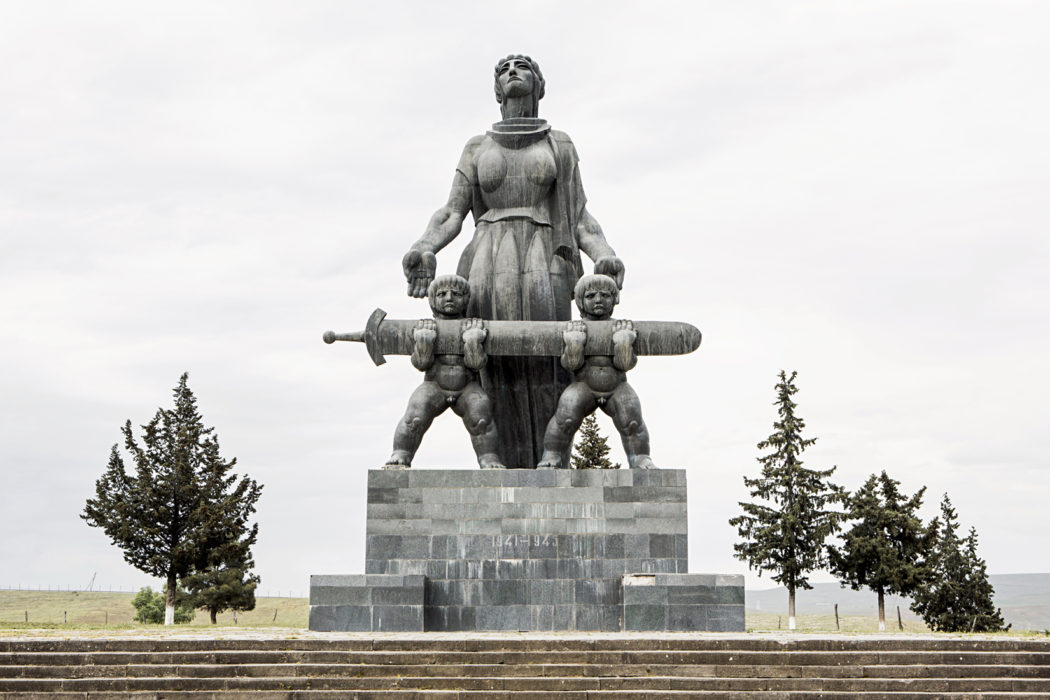
‘And They Shall Grow’ monument by Merab Berdzenishvili (1975), Marneuli. Photography: Stefano Perego
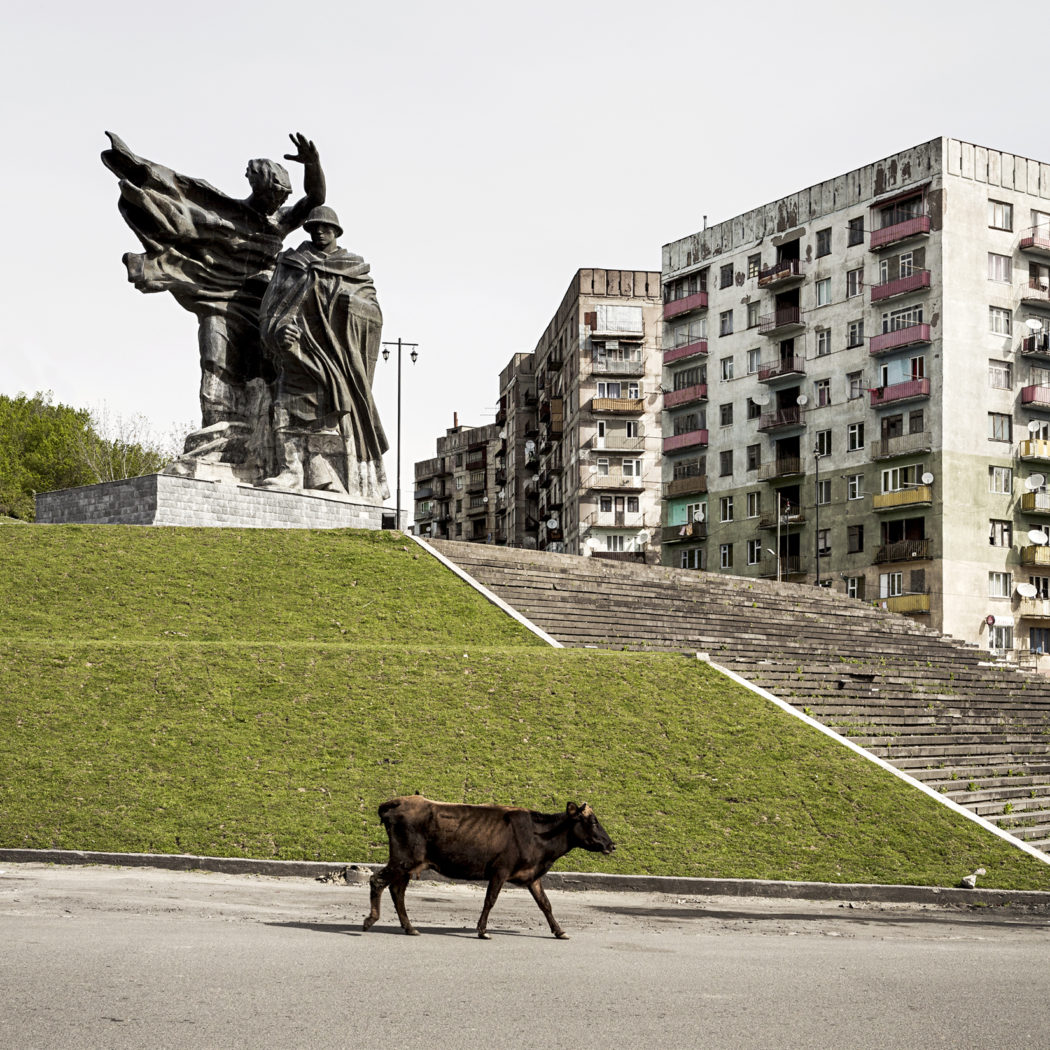
Soviet war memorial and residential buildings, Chiatura. Photography: Stefano Perego
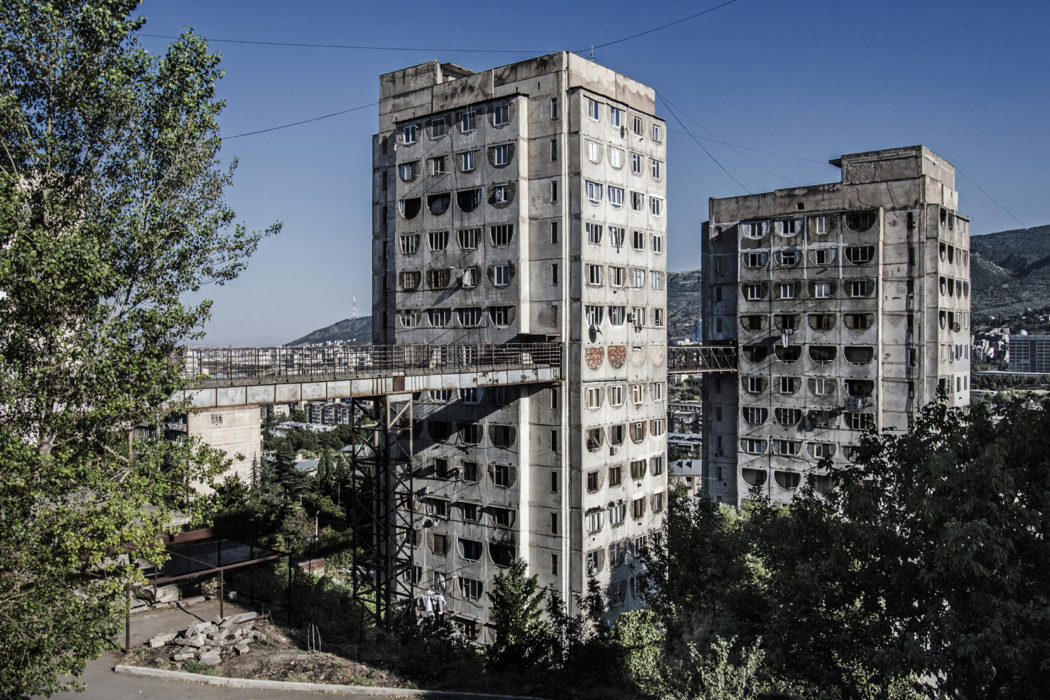
Housing complex by Otar Kalandarishvili and G Potskhishvili (1976), Tbilisi. Photography: Roberto Conte
As the birthplace of Stalin, Georgia has a complicated place in Soviet history, reflected in part by its towering Brutalist landmarks.
For some these monuments are a historic hangover – a reminder of the country’s Soviet domination. But for Italian photographers Roberto Conte and Stefano Perego Georgia’s Soviet architecture is an important feature of the country’s built landscape.

The pair travelled to Tbilisi and quieter corners of the country in to find Brutalist and Constructivist monuments thrown up in the 1970s, just as the Soviet era was beginning to unravel.
Conte was particularly struck by the Ministry of Highway Construction. ‘I saw it for the first time in the book Cosmic Communist Construction Photographed, by Frédéric Chaubin, when the building was still abandoned. I like it because it’s the result of so many different influences: the horizontal skyscrapers of El Lissitzksy, Metabolism, traditional Georgian architecture (particularly the roof) and George Chakhava’s thoughts about the use of urban land.
‘It could be easily labeled an “ugly” building, but there’s a lot to discover about it,’ he says. ‘And OMA’s recent Interlace Residential Complex in Singapore might well have been inspired by this architecture.’

Much of Georgia’s Soviet architecture has undergone transformation to shake off its associations and bring it into the 21st century. Others buildings, such as Andropov’s Ears in Tbilisi, have been completely destroyed.
‘Considering our long experience in taking photos of abandoned places, we’ve become used to considering architecture as something that will not be standing forever,’ says Conte. ‘At least – not in the same shape. Our interest is to take photos of the actual conditions and to preserve images as documents.’
Read next – Soviet monuments: what should we do with ‘inherited’ architecture?




